Game Review: Starship Troopers: Terran Command
“Come on, you apes, do you want to live forever?”
—Attributed to an unnamed US Marine Corps gunnery sergeant, 6 June 1918
By Patrick S. Baker
Starship Troopers: Terran Command is a fun and engrossing real-time tactics (RTT) game. The developers, The Aristocrats, are clearly fans of the 1997 Paul Verhoeven movie and have integrated that film’s “look and feel” without distracting from the actual game play.
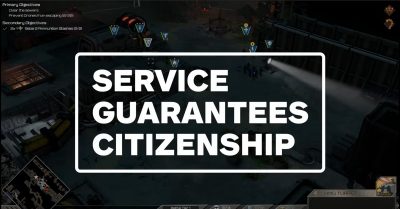
Just like in the 1959 Robert A. Heinlein book and the film, humankind is fighting a genocidal war against the Bugs (called the Pseudo-Arachnids in the book), an alien race of giant insect-like creatures. As the player, you are put in charge of the campaign of 19 scenarios to secure the desert mining planet of Kwalasha from the Bugs.

 During the six years between the release of Master of Orion II: Battle at Antares and the release of Master of Orion III, the PC gaming world proved to be something of a Hobbesian trap for game developers and publishers, that is to say: “…. poor, nasty, brutish, and short.”
During the six years between the release of Master of Orion II: Battle at Antares and the release of Master of Orion III, the PC gaming world proved to be something of a Hobbesian trap for game developers and publishers, that is to say: “…. poor, nasty, brutish, and short.” By Patrick S. Baker
By Patrick S. Baker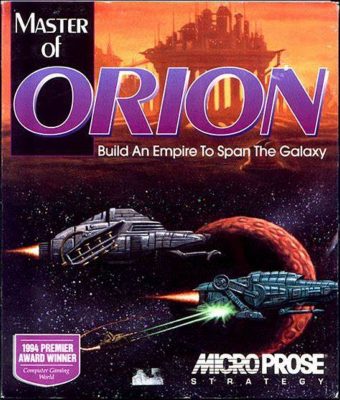 By Patrick S. Baker
By Patrick S. Baker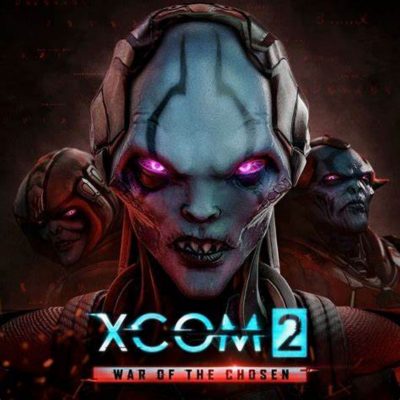
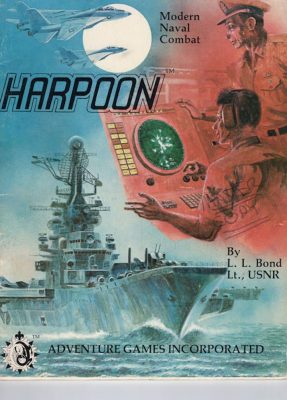 By Patrick S. Baker
By Patrick S. Baker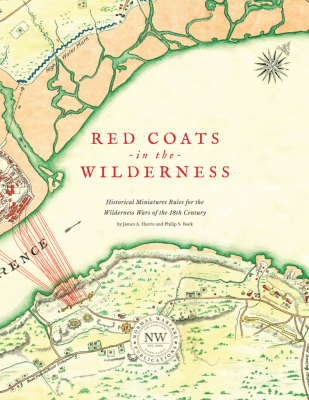
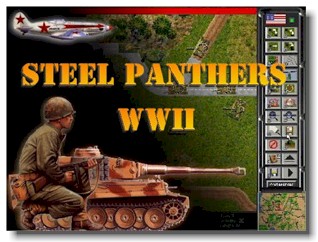
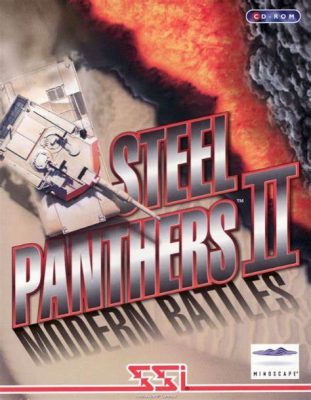 Steel Panthers II: Modern Battles (SPII:MB) was released in November 1996, just one year and two months after the release of the original Steel Panthers (now referred to as Steel Panthers I or SPI). Grigsby had two main goals while developing the new game; one was to improve the animation and the other was to let the players simulate most of the armed conflicts, both major and minor, historical or hypothetical, throughout the world, from 1950 to 1999.
Steel Panthers II: Modern Battles (SPII:MB) was released in November 1996, just one year and two months after the release of the original Steel Panthers (now referred to as Steel Panthers I or SPI). Grigsby had two main goals while developing the new game; one was to improve the animation and the other was to let the players simulate most of the armed conflicts, both major and minor, historical or hypothetical, throughout the world, from 1950 to 1999.